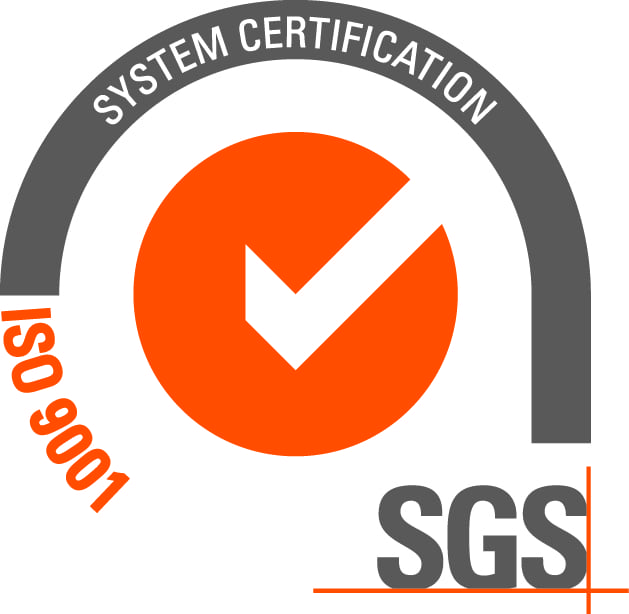
 During one week, national and international experts shared their knowledge at the 21st International Conference on Harmful Algae (ICHA), the world’s most important meeting on this subject, organized by the International Society for the Study of Harmful Algae.
During one week, national and international experts shared their knowledge at the 21st International Conference on Harmful Algae (ICHA), the world’s most important meeting on this subject, organized by the International Society for the Study of Harmful Algae.
The main objective of this conference was to provide a platform to present the progress of scientific and technological knowledge on harmful algal blooms (HABs)—from molecular biology to the use of satellite imagery—to an international scientific audience of around 500 people, as well as decision-makers from both the public and private sectors.
Verónica Vallejos, Regional Ministerial Secretary of Science, Technology, Knowledge and Innovation of the Magallanes and Chilean Antarctic Region, commented that bringing together the international scientific community in the region to address the problem of red tides “is not only a great opportunity to continue advancing in knowledge, but also to keep generating collaboration opportunities and to bring information closer to the community. I would like to thank the work led by the Fisheries Development Institute, IFOP, in organizing this event in Punta Arenas. I hope that our researchers continue advancing with results on red tides occurring in the region, and support our institutions in prevention and decision-making, while also assisting those who depend on the sea and its products.”
Meanwhile, Claudio Maggi, President of IFOP’s Board of Directors, stated that “we are honored to host this biennial international conference, ICHA, considered the most important scientific meeting worldwide on the topic of Harmful Algae. In the current context of the global climate crisis and the growing relevance of fisheries and aquaculture as sustainable sources of food security, it is more important than ever to deepen our understanding of Harmful Algae (HABs) and their effects, in order to improve prevention, mitigation, and response capabilities.”
Given the significant and sensitive socioeconomic impact of harmful algae on fisheries, aquaculture, and the harvesting of aquatic resources in our country, IFOP has a long history of basic and applied research on HABs. Since the early 1990s, it has promoted various permanent monitoring and research programs along the Pacific Ocean, covering more than 300 sampling sites.
During the opening, Maggi also highlighted the outstanding role of the National Organizing Committee, composed of more than 60 participating scientists invited from various research institutions and organized into different working groups. “Their commitment and dedication have been crucial to the successful organization of the Conference.”
Leonardo Guzmán Méndez, Senior Researcher at IFOP and Chair of the Local Organizing Committee, emphasized the importance of events like this, noting that “they are essential because they allow us to share the state of the art, establish collaborations, and understand the questions that drive global science.” He also added that “holding the conference here in Magallanes demonstrates that Chile has the capacity to organize high-level international events in a territory that not only presents toxic algae but also represents the gateway to Antarctica.”
“This event brings together the most important scientists studying harmful algal blooms and their toxins. Each conference session will allow, among other things, learning about research results from around the world on this topic, deepening our understanding of how these organisms behave in the face of climate change, exploring new trends in monitoring and mitigation systems, and generating national and international collaboration networks that facilitate our global integration,” concluded Gastón Vidal, Head of the Aquaculture Research Division at IFOP.
Press related links:




